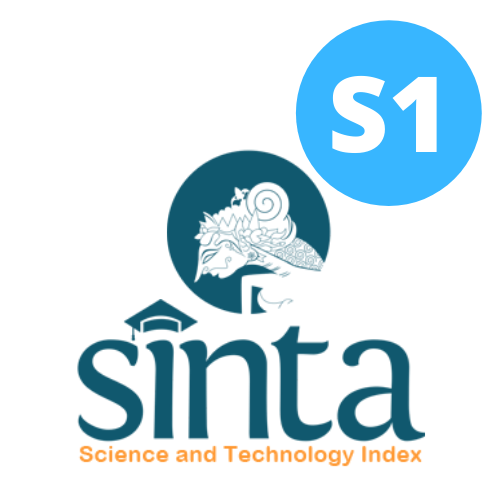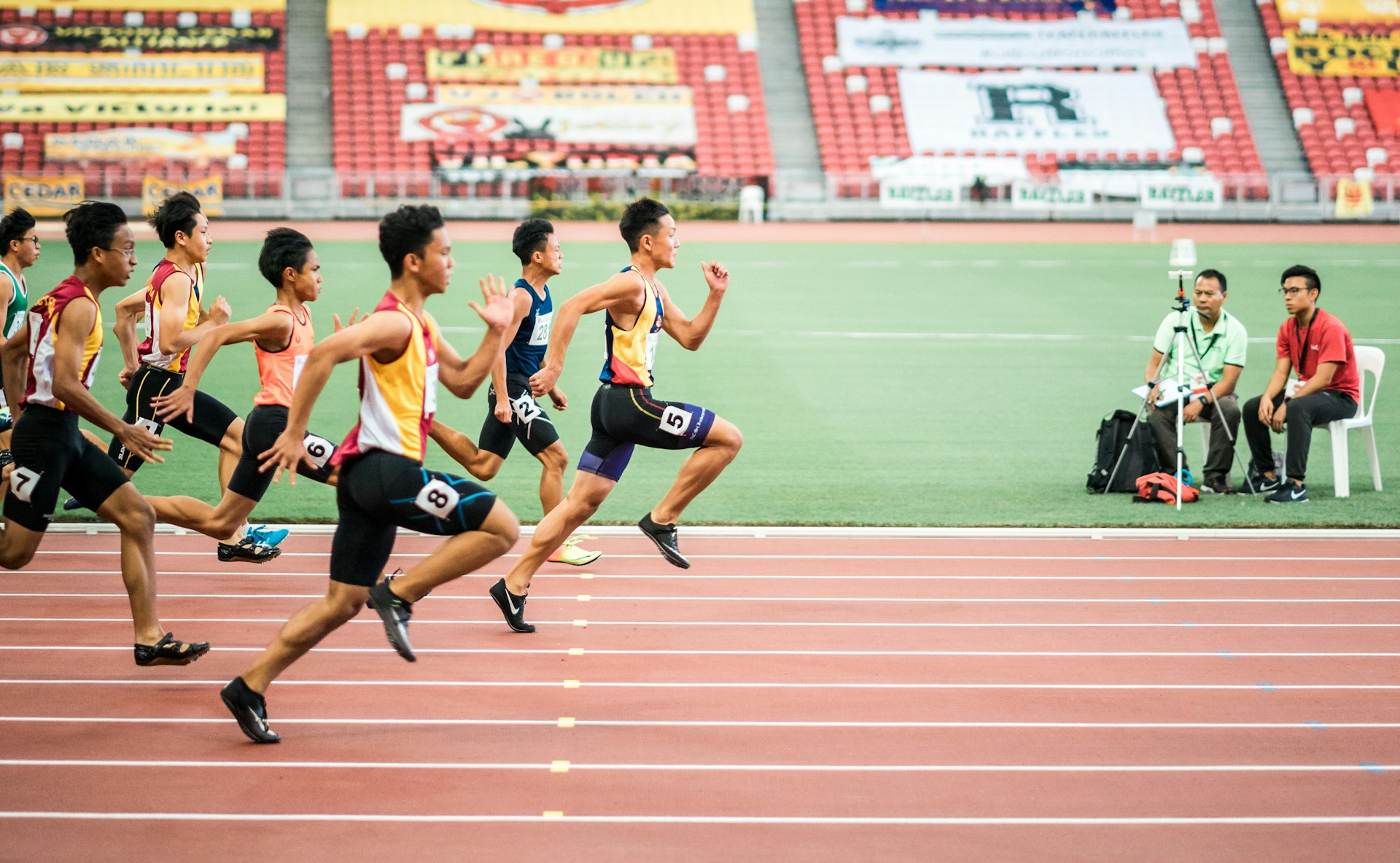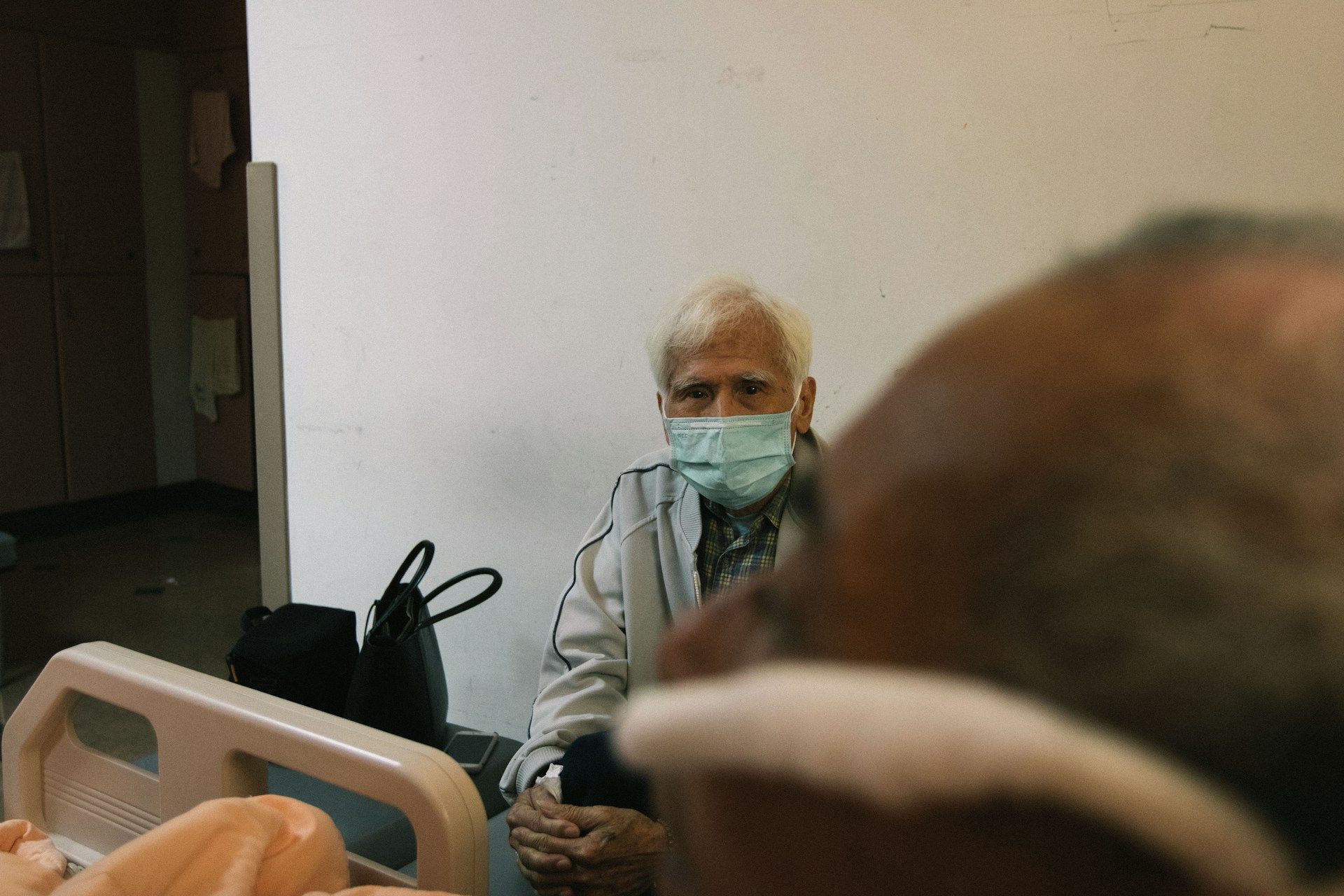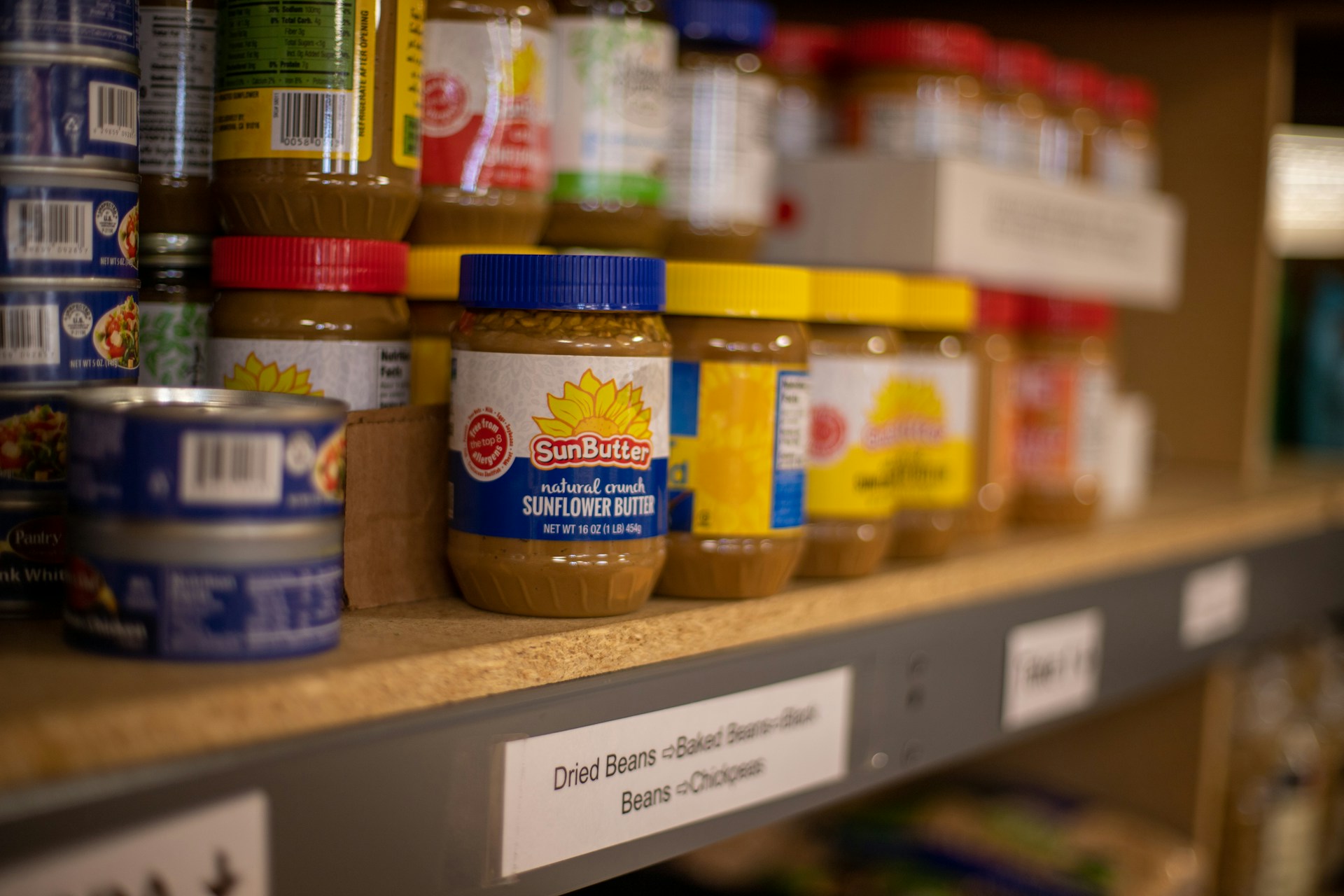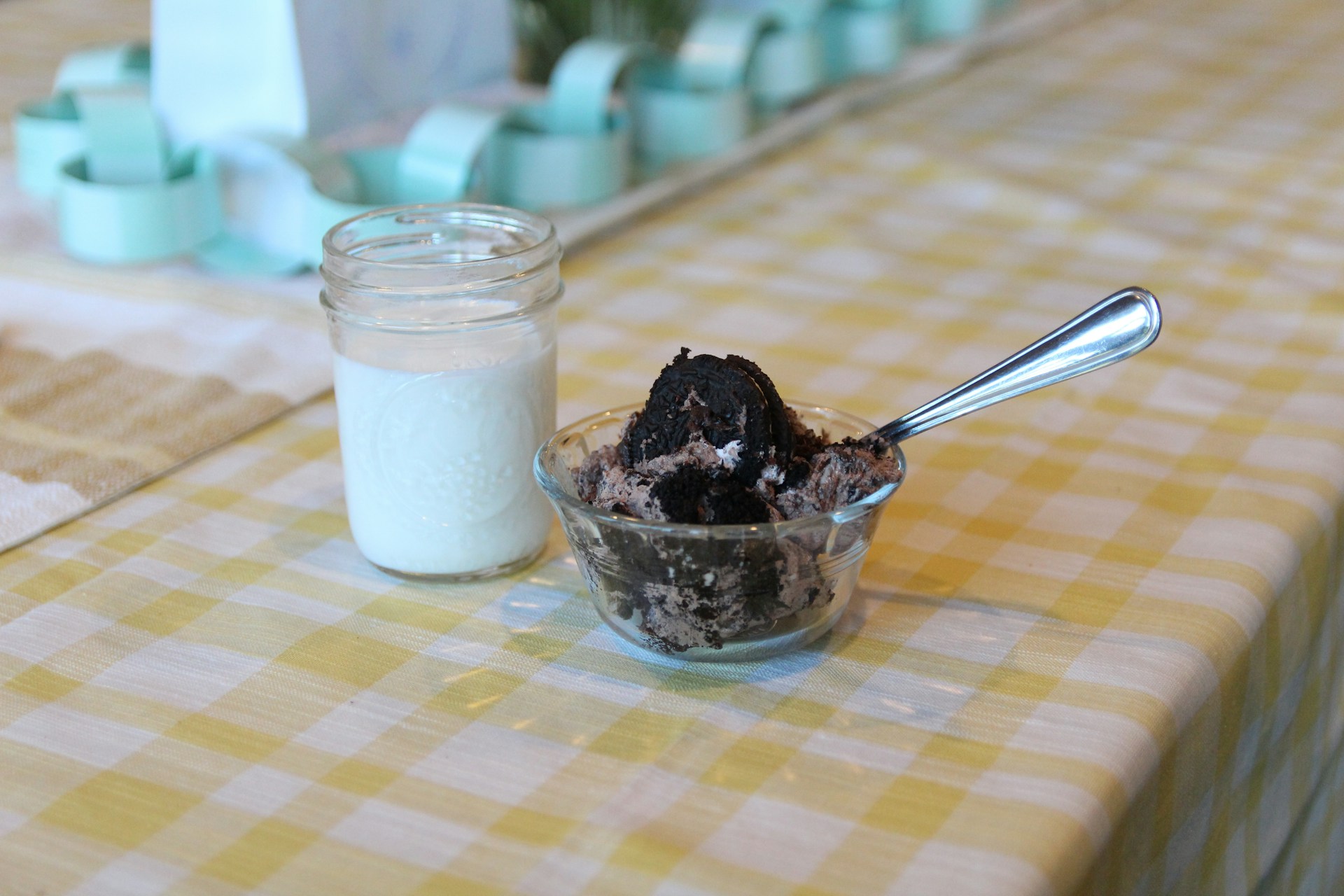Development of Self-Dietary Assessment Application “Diary NutriMe” as a Nutrition Assistance Tool for Overweight and Obese Adolescents
Pengembangan Aplikasi Self-Dietary Asessment "Diary NutriMe" sebagai Media Pendampingan Gizi bagi Remaja Overweight dan Obesitas
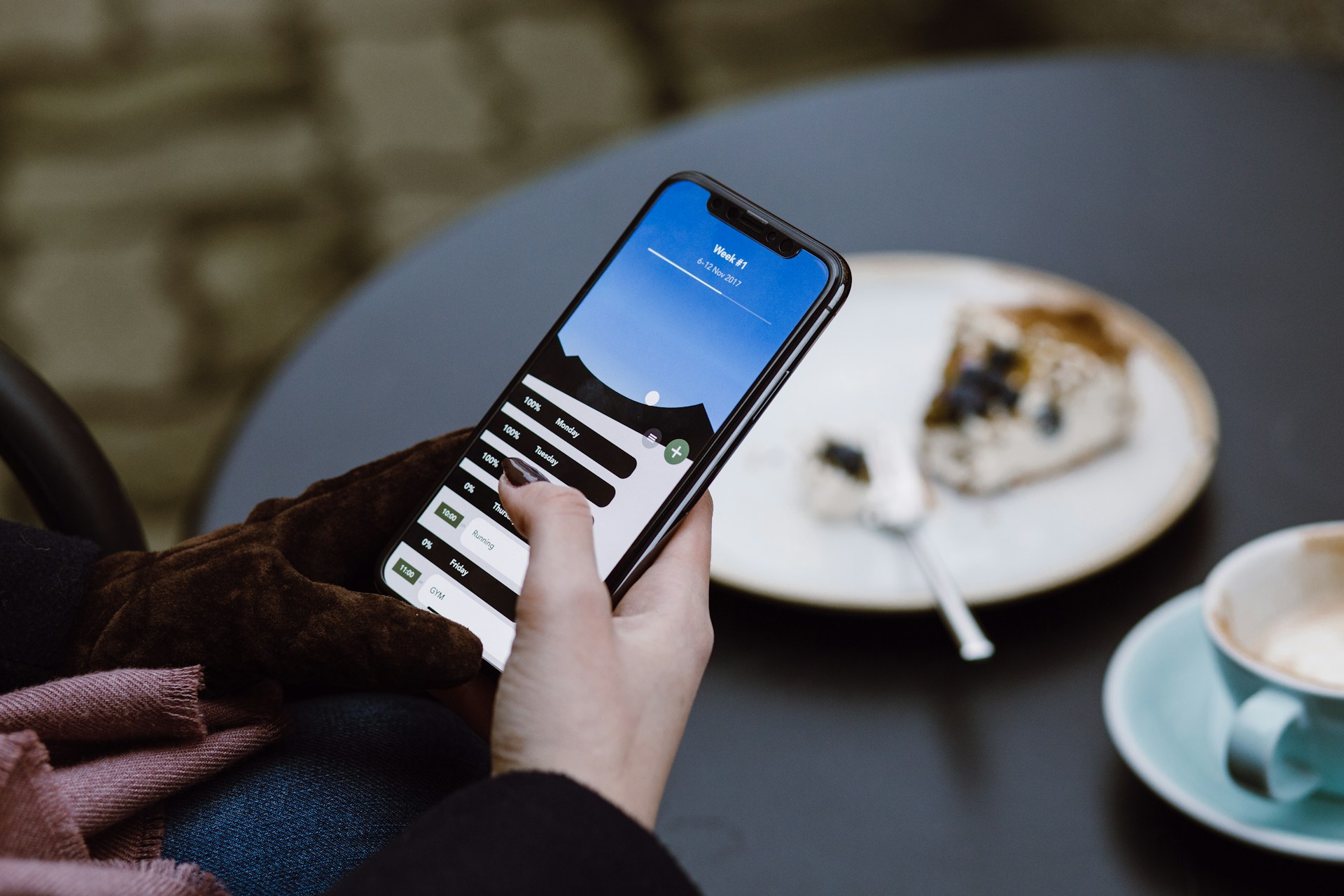
Downloads
Background: Inadequate nutritional intake is often influenced by lack of knowledge among adolescents regarding the quantity and types of food they should consume, impacting their nutritional status. With technology being an integral part of modern life, it can be leveraged to improve adolescents' dietary practices by enhancing their knowledge of balanced nutrition.
Objectives: To develop the self-dietary assessment application, Diary NutriMe, as a nutritional assistance tool for overweight adolescents to improve their nutritional knowledge and dietary intake.
Methods: This study employed the Rapid Application Development (RAD) method. The feasibility assessment of the Diary NutriMe application was conducted by material and media experts using a checklist questionnaire with a Likert scale ranging from 1 (poor) to 5 (excellent), categorized into five levels: highly feasible to not feasible. The implementation involved improving nutritional knowledge among 36 overweight/obese adolescent students.
Results: The application features included a login system, nutritional status calculation, nutrient requirement estimation, food intake records, physical activity logs, a collection of nutrition education materials, and a chat feature. The material feasibility assessment received an average score of 90.7%, categorized as highly feasible, while the media feasibility assessment received an average score of 86.7%, also categorized as highly feasible. Statistical analysis using a T-test indicated no significant difference in respondents' knowledge (p-value=0.51). However, there was an increase in the average nutritional knowledge score by 7.7 points before and after using the Diary NutriMe application.
Conclusions: The Diary NutriMe application is highly feasible as a nutritional assistance tool for adolescents with overweight conditions.
Fitria, I. Gizi Remaja. in Remaja (eds. Hardinsyah, H. & Supariasa, I.) 10-43 (Pernerbit Buku Kedokteran EGC, 2006).
Pertiwi, Y. & Niara, S. I. Pencegahan obesitas pada remaja melalui intervensi promosi kesehatan: studi literatur. Jurnal Ilmu Kesehatan Masyarakat 14, 96-104 (2022): https://doi.org/10.52022/jikm.v14i2.278
Kemenkes, K. K. R. Survei Kesehatan Indonesia 2023 : Dalam Angka. (2024).
Badan Penelitian dan Pengembangan Kesehatan. Laporan Provinsi Sumatera Utara Riskesdas 2018. (2018).
De Onis, M. et al. Prevalence thresholds for wasting, overweight and stunting in children under 5 years. Public health Nutrition 22, 175-179 (2019): https://doi.org/10.1017/S1368980018002434
Direktorat Pencegahan dan Pengendalian Penyakit Tidak Menular. Panduan Pelaksanaan Gerakan Nusantara Tekan Angka Obesitas (Gentas). (2017).
Dejavitte, R. A. S., Enes, C. C. & Nucci, L. B. Prevalence of metabolic syndrome and its associated factors in overweight and obese adolescents. Journal of pediatric endocrinology and metabolism 33, 233-239 (2020): https://doi.org/10.1515/jpem-2019-0369
Az-zahra, K. & Ratih Kurniasari. Implikasi konseling gizi terhadap pemilihan makan pada remaja obesitas: literature review. Media publikasi promosi kesehatan Indonesia 5, 757-762 (2022): https://doi.org/10.56338/mppki.v5i7.2273.
Anggi Dwi Yanti, I Nengah Tanu Komalyna & Tapriadi. Perbedaan tingkat pengetahuan gizi, tingkat konsumsi energi dan protein antara pendampingan berbasis whatsapp dengan media e-booklet dan e-leaflet pada ibu hamil kurang energi kronis (KEK) di Wilayah Kerja Puskesmas Arjowinangun Kota Malang. Media publikasi promosi kesehatan Indonesia 5, 1363-1371 (2022): https://doi.org/10.56338/mppki.v5i11.2737.
Hingle, M. & Patrick, H. There are thousands of apps for that: navigating mobile technology for nutrition education and behavior. Journal of nutrition education and behavior 48, 213-218.e1 (2016): https://doi.org/10.1016/j.jneb.2015.12.009
Wang, Y. et al. Childhood obesity prevention programs: comparative effectiveness review and meta-analysis. Rockville (MD): Agency for Healthcare Research and Quality. AHRQ Comparative Effectiveness Reviews No 115 (2013) (Diakses 26 Oktober 2024)
Winaningsih, W., Setyowati, S. & Lestari, N. T. Aplikasi nutri diabetic care sebagai media konseling untuk meningkatkan kepatuhan diet diabetes mellitus. Ilmu gizi Indonesia. 3, 103 (2020): https://doi.org/10.35842/ilgi.v3i2.134
Gibran, G. & Wahanggara, V. Implementasi Rapid Application Development (RAD) Model Pada Pengembangan Aplikasi Rent Car Berbasis Android. Skripsi tidak diterbitkan. Jember PPs Univ. Muhammadiyah Jember (2018).
Romadona, S. & Afifah, C. A. N. Pengembangan aplikasi sehatgram berbasis smartphone dalam mengatasi dan mencegah obesitas pada remaja. Jurnal gizi Universitas Negeri Surabaya. 2(3), 155-163 (2022). Diakses 24 Oktober 2024: https://ejournal.unesa.ac.id/index.php/GIZIUNESA/article/view/50257
Aluano, B., Sambul, A. M. & Rindengan, Y. D. Y. Aplikasi pemenuhan gizi melalui pola makan pada penderita tuber kolosis paru berbasis android. Jurnal teknologi informasi 12, (2017): https://doi.org/10.35793/jti.12.1.2017.17853
Kendall, K. E. & Kendall, J. E. Analisis dan Perancangan sistem. Edisi Bahasa Indonesia. Jakarta: PT Prenhallindo (2018).
Purnomo, P. O. . & Aziz. Membangun Aplikasi Berbasis Android. Jakarta: Penerbit Andi (2020).
Suryono, S. & Hardinsyah, H. Panduan Lengkap Membuat Aplikasi Android & iOS dari Nol Menggunakan Flutter. (PT. Lauwba Techno Indonesia, 2020).
Alfiansyah, K. Pengembangan aplikasi smartphone KJPAI berbasis android menggunakan appyet untuk menunjang sistem informasi jurusan pendidikan agama Islam. [Doctoral dissertation, UIN Raden Intan Lampung] (2019).
Lee, J., Song, S., Ahn, J., Kim, C. & Lee, J. E. Use of a mobile application for self-monitoring dietary intake: feasibility test and an intervention study. Nutrients 9, (2017): https://doi.org/10.3390/nu9070748.
W Wong, J. M. et al. A randomized pilot study of dietary treatments for polycystic ovary syndrome in adolescents. Pediatric obesity 11(3), 210-220, (2015): https://doi.org/10.1111/ijpo.12047.
Reed, M. et al. Development and feasibility of an obesity prevention intervention for adolescent African American daughters and their mothers. Journal of healthy eating and active living 1(1), 94-107 (2021): https://doi.org/10.51250/jheal.v1i2.14.
Pbert, L., Wang, M. L., Druker, S., Jackson, E. A. & Rosal, M. C. Designing and testing the feasibility of a multi-level intervention to treat adolescent obesity in the pediatric primary care setting. Journal of child and adolescent behavior 3(2). (2015): https://doi.org/10.4172/2375-4494.1000196.
Cai, Z. Influence of adolescents’ and parental dietary knowledge on adolescents’ body mass index (BMI), overweight/obesity in 2004-2015: a longitudinal study. Archives of public health 81(1), 188, (2023): https://doi.org/10.1186/s13690-023-01197-x.
Sögüt, S. Determining the differences in nutrition knowledge, dietary behaviors, physical activity and self-efficacy behaviors based on obesity status among adolescents. Journal of human sciences 15(2), 747-754, (2018): https://doi.org/10.14687/jhs.v15i2.5218.
Khomsan, A. Teknik Pengetahuan Gizi. IPB Press (2021).
Hamułka, J., Wądołowska, L., Hoffmann, M., Kowalkowska, J. & Gutkowska, K. Effect of an education program on nutrition knowledge, attitudes toward nutrition, diet quality, lifestyle, and body composition in polish teenagers. The ABC of healthy eating project: design, protocol, and methodology. Nutrients, 10(10), 1439, (2018): https://doi.org/10.3390/nu10101439.
Alzaben, A. S., Alnashwan, N. I., Alatr, A. A., Alneghamshi, N. A. & Alhashem, A. Effectiveness of a nutrition education and intervention programme on nutrition knowledge and dietary practice among Princess Nourah Bint Abdulrahman University’s population. Public Health Nutrition 24(7), 1854-1860, (2021): https://doi.org/10.1017/s1368980021000604.
Szczepańska, E. et al. The Project “colourful means healthy” as an educational measure for the prevention of diet-related diseases: investigating the impact of nutrition education for school-aged children on their nutritional knowledge. International journal of environmental research and public health 19(20), 13307, (2022): https://doi.org/10.3390/ijerph192013307.
Fayasari, A. Effect of UNAGI (nutrition snakes and ladders game) on knowledge of balanced diet and nutritional intake in adolescents in Bekasi. Indonesian journal of human nutrition 10(2), (2023): https://doi.org/10.21776/ub.ijhn.2023.010.02.5.
Copyright (c) 2025 Amerta Nutrition

This work is licensed under a Creative Commons Attribution-ShareAlike 4.0 International License.
AMERTA NUTR by Unair is licensed under a Creative Commons Attribution-ShareAlike 4.0 International License.
1. The journal allows the author to hold the copyright of the article without restrictions.
2. The journal allows the author(s) to retain publishing rights without restrictions
3. The legal formal aspect of journal publication accessibility refers to Creative Commons Attribution Share-Alike (CC BY-SA).
4. The Creative Commons Attribution Share-Alike (CC BY-SA) license allows re-distribution and re-use of a licensed work on the conditions that the creator is appropriately credited and that any derivative work is made available under "the same, similar or a compatible license”. Other than the conditions mentioned above, the editorial board is not responsible for copyright violation.








